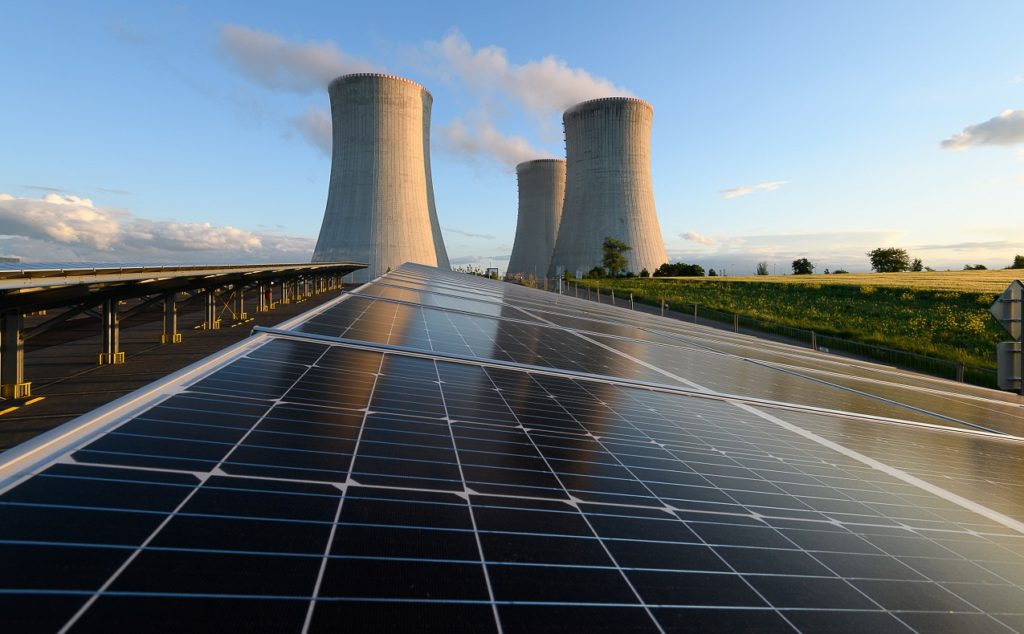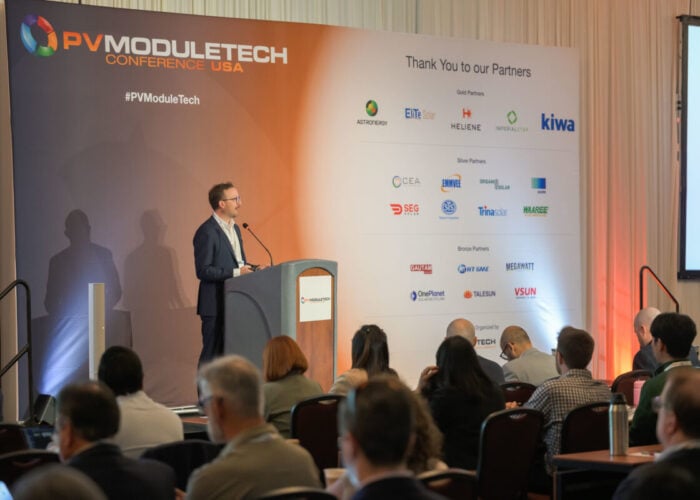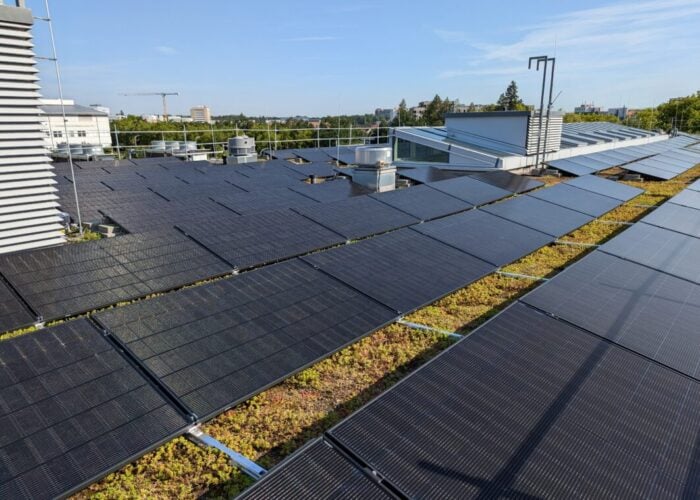
Solar PV costs continued to decline globally in 2021 as supply chain challenges and rising commodity prices have yet to show their full impact on project costs.
That is according to a new report from the International Renewable Energy Agency (IRENA), which revealed the global weighted average levelised cost of electricity (LCOE) of new utility-scale solar PV projects commissioned in 2021 fell by 13% year-on-year to US$0.048/kWh.
Unlock unlimited access for 12 whole months of distinctive global analysis
Photovoltaics International is now included.
- Regular insight and analysis of the industry’s biggest developments
- In-depth interviews with the industry’s leading figures
- Unlimited digital access to the PV Tech Power journal catalogue
- Unlimited digital access to the Photovoltaics International journal catalogue
- Access to more than 1,000 technical papers
- Discounts on Solar Media’s portfolio of events, in-person and virtual
The rapid decline in total installed costs, increasing capacity factors and falling O&M costs have contributed to a remarkable reduction in the cost of electricity from solar PV and to its improving economic competitiveness, the report said.
However, following a decade of continuous decline, solar module prices in 2021 climbed as supply chain disruptions led to higher material costs, or lower availability. The report revealed that the price of crystalline PV modules in Europe increased between 4 – 7% in 2021 compared to 2020.
A systemic contributor to this increase has been the rising price of polysilicon, which has jumped sharply in recent weeks.
Not all materials cost increases have been passed through into equipment prices and project costs yet, according to IRENA, which said that depending on materials prices and other supply chain pressures over the rest of this year, solar module prices might average a fifth more than they did in 2020.
Despite current supply chain issues, IRENA said solar and wind, with their relatively short project lead times, represent “vital planks” in countries’ efforts to swiftly reduce, and eventually phase out, fossil fuels and limit the macroeconomic damages they cause in pursuit of net zero.
“2022 is a stark example of just how economically viable new renewable power generation has become,” said Francesco La Camera, director-general at IRENA. “Renewable power frees economies from volatile fossil fuel prices and imports, curbs energy costs and enhances market resilience – even more so if today’s energy crunch continues.”
High coal and fossil gas prices in 2021 and 2022 will also profoundly deteriorate the competitiveness of fossil fuels and make solar and wind even more attractive, the research found.
IRENA said that fuel and CO2 costs for existing gas plants in Europe might average four to six times more in 2022 than the lifetime cost of new solar PV and onshore wind commissioned in 2021.
A report published earlier this year by energy major bp forecasted that the LCOE of solar globally could fall by as much as 55% by 2030.







